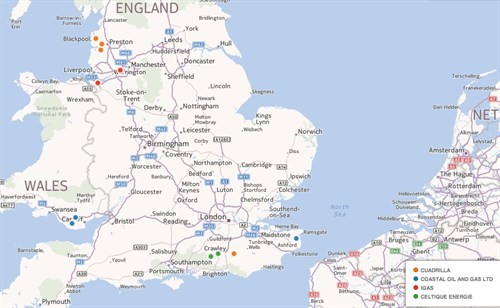Fracking and house prices Buyer beware
Post on: 16 Март, 2015 No Comment

Buyer beware
WHEN potential purchasers look around a house for sale, it’s the property’s visible features that typically draw most attention. The number of bedrooms, amount of floor space, and what the local area is like all tend to have the greatest influence on how much a house is worth. On the other hand, environmental threats to particular properties—from flooding, pollution, and other disasters—are often not considered by potential buyers, because they are not immediately obvious. But new research suggests these less-visible factors are now starting to affect property values as well.
A new NBER paper * argues that the impact of fracking on water quality has affected the value of otherwise similar properties in parts of America. Although the paper’s authors show that shale-gas development has an overall positive impact on house prices, this is not equally shared between all houses in a local area.
Instead, it depends on where they source their water. Looking at house prices in parts of Pennsylvania and New York between 1995 and 2012, the paper finds that house prices near shale-gas developments fall when they rely on ground-water sources for their water supplies, because of fears that the fracking process may pollute local aquifers. However, homes which are similar but are dependent on piped water from other areas appear to receive a small boost in value from such developments.
Better public knowledge about the threat environmental risks pose to individual properties is also starting to affect prices in other places around the world. As we pointed out in the print edition last month, increasing public awareness of flood risks has recently started to influence house prices in parts of Britain:
The housing market seems already to be pricing in higher [flood] risk. Between 2008 and 2012 property prices rose in four out of the five Lincolnshire postcodes with the lowest flood risk. They fell in four out of the five areas of highest risk (see chart). This may have some good effects. Forcing homeowners to shoulder more of the costs of flooding should encourage them to invest in precautions and discourage builders from erecting houses in risky areas. But in the meantime, in low-lying parts of Britain, wellington boots and sandbags may make wiser investments than houses.

One of the reasons behind this change is improved accessibility of information about such problems. For example, in Britain, more detailed flood maps displaying which properties are at risk from surface-water flooding, as well as from rivers and tides, were published online on December 12th by the Environment Agency, a regulatory body. Similarly, in America and Australia, many states are now publishing maps of where fracking is permitted to take place, and from where water supplies are drawn. Although such problems were difficult to find out about in the past, they can now often be quickly uncovered by an internet search. When it comes to buying houses, it seems, punters need no longer find themselves dropped in at the deep end.
*“The housing market impacts of shale gas development”, by Lucija Muehlenbachs, Elisheba Spiller and Christopher Timmins. NBER Working Paper 19796, January 2014.














